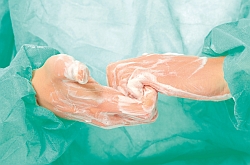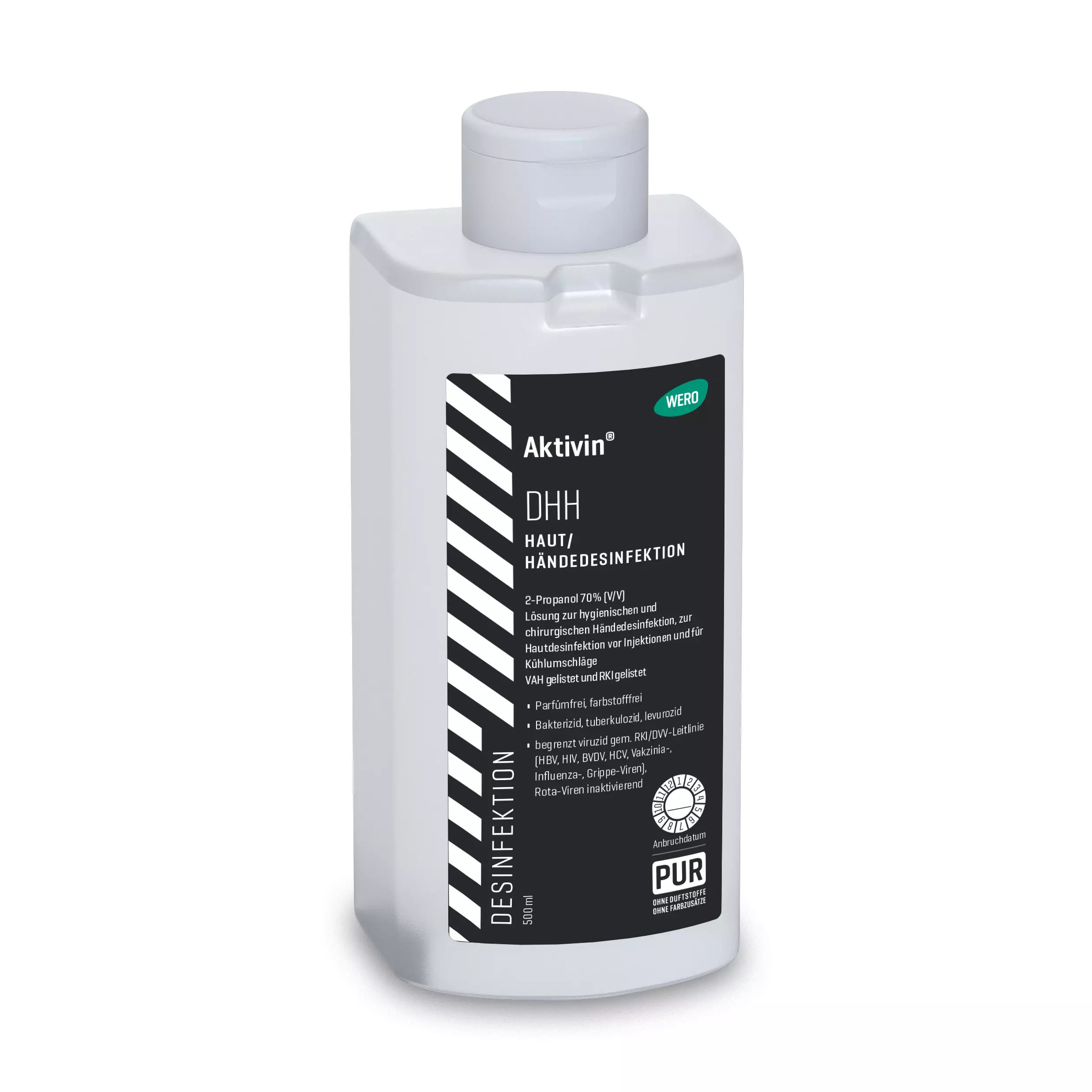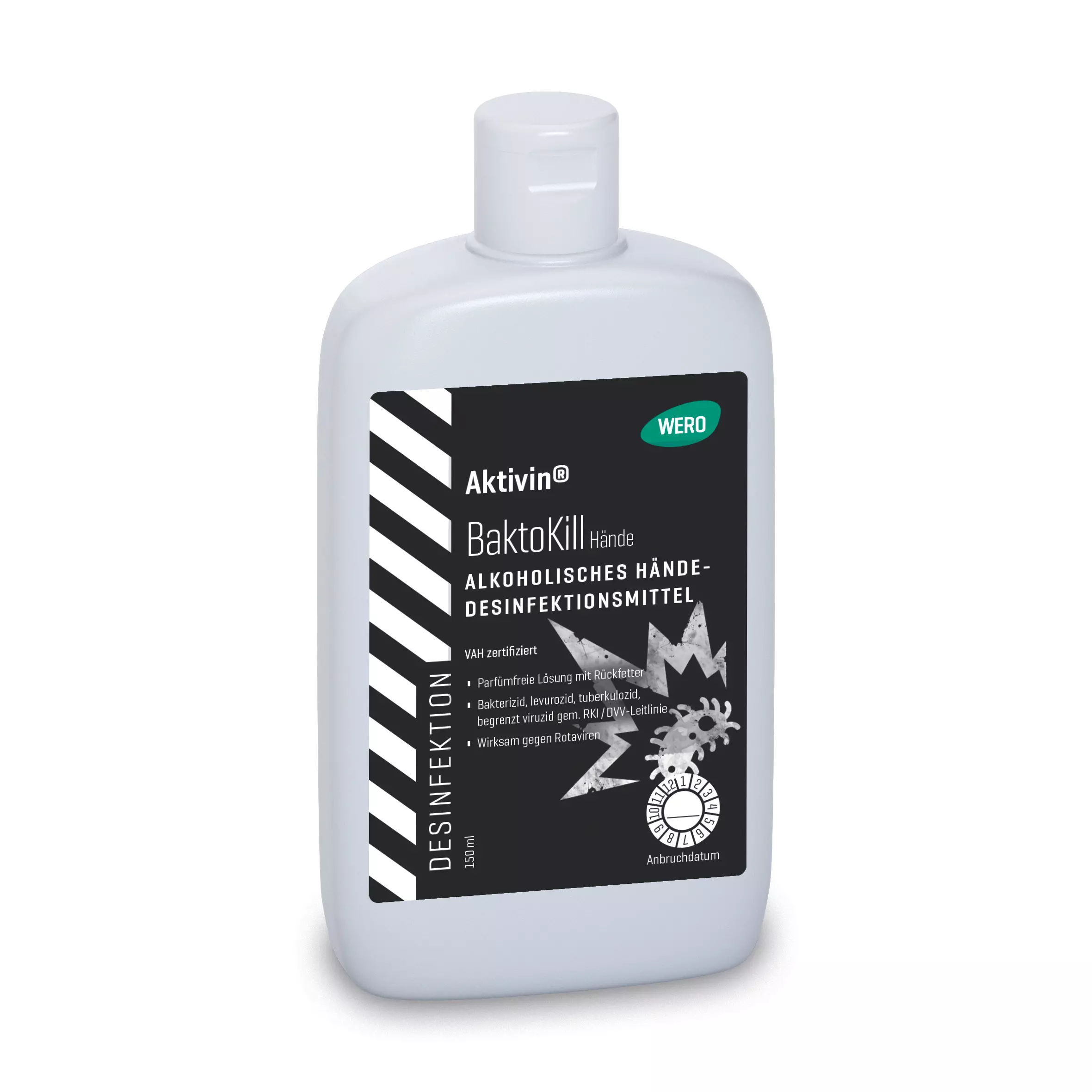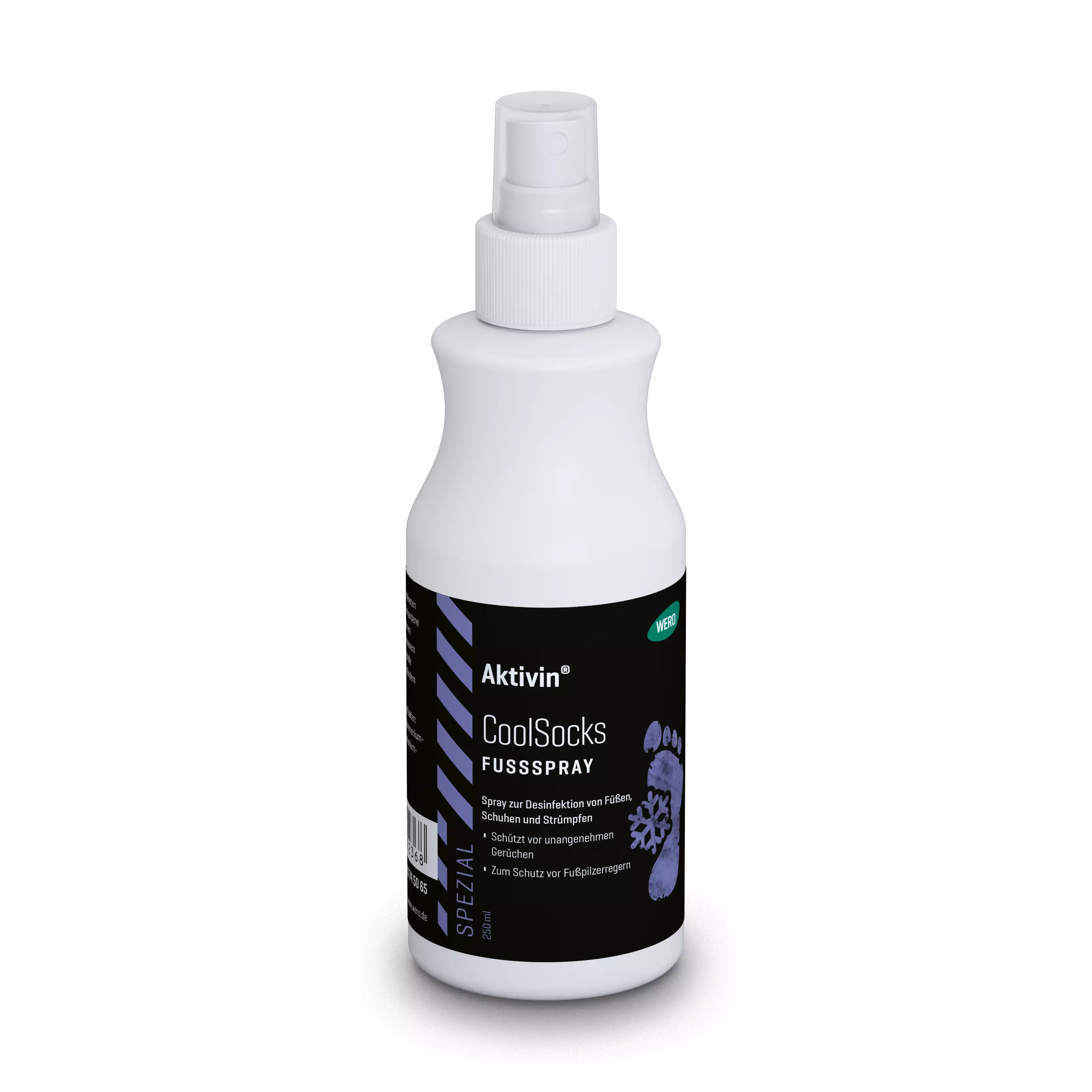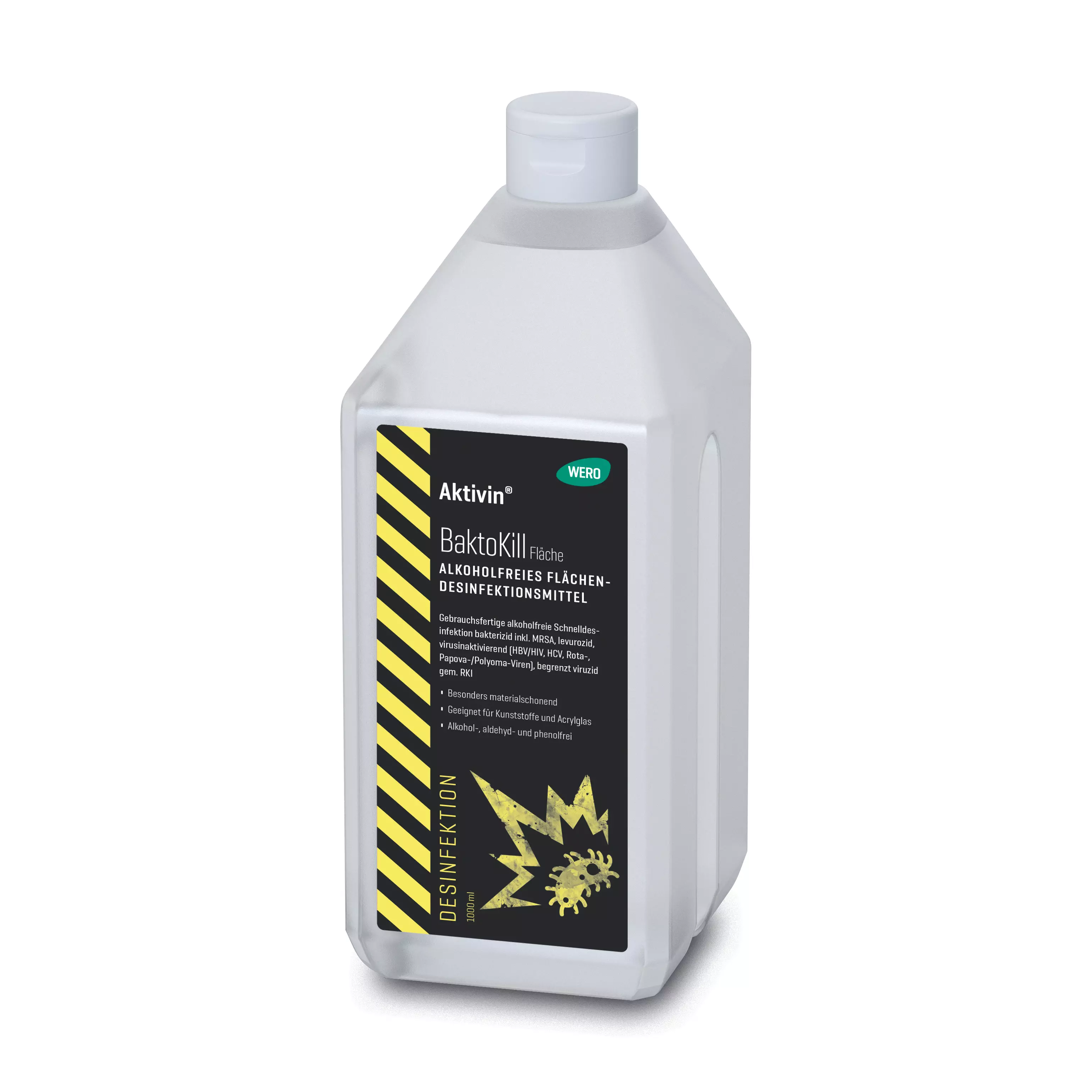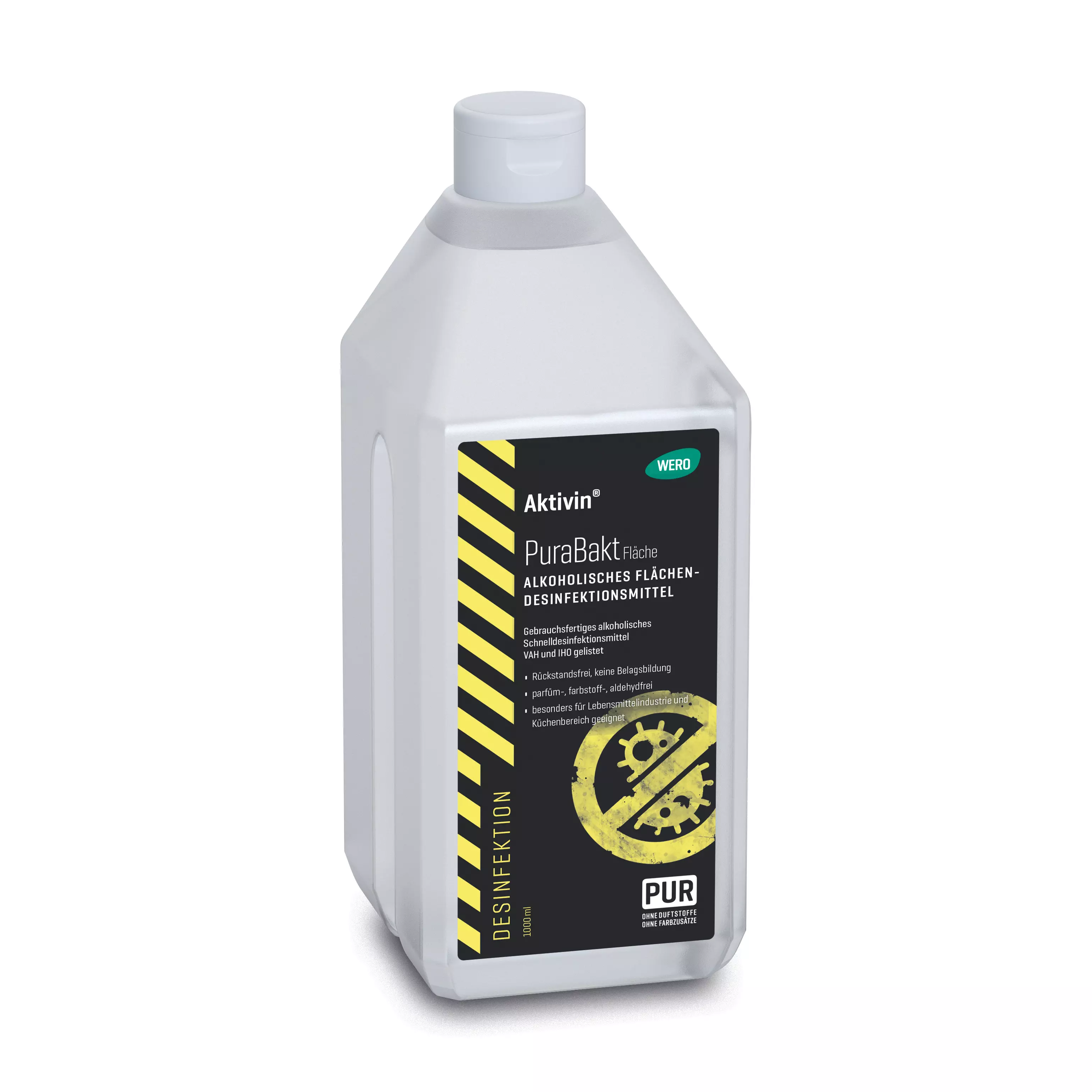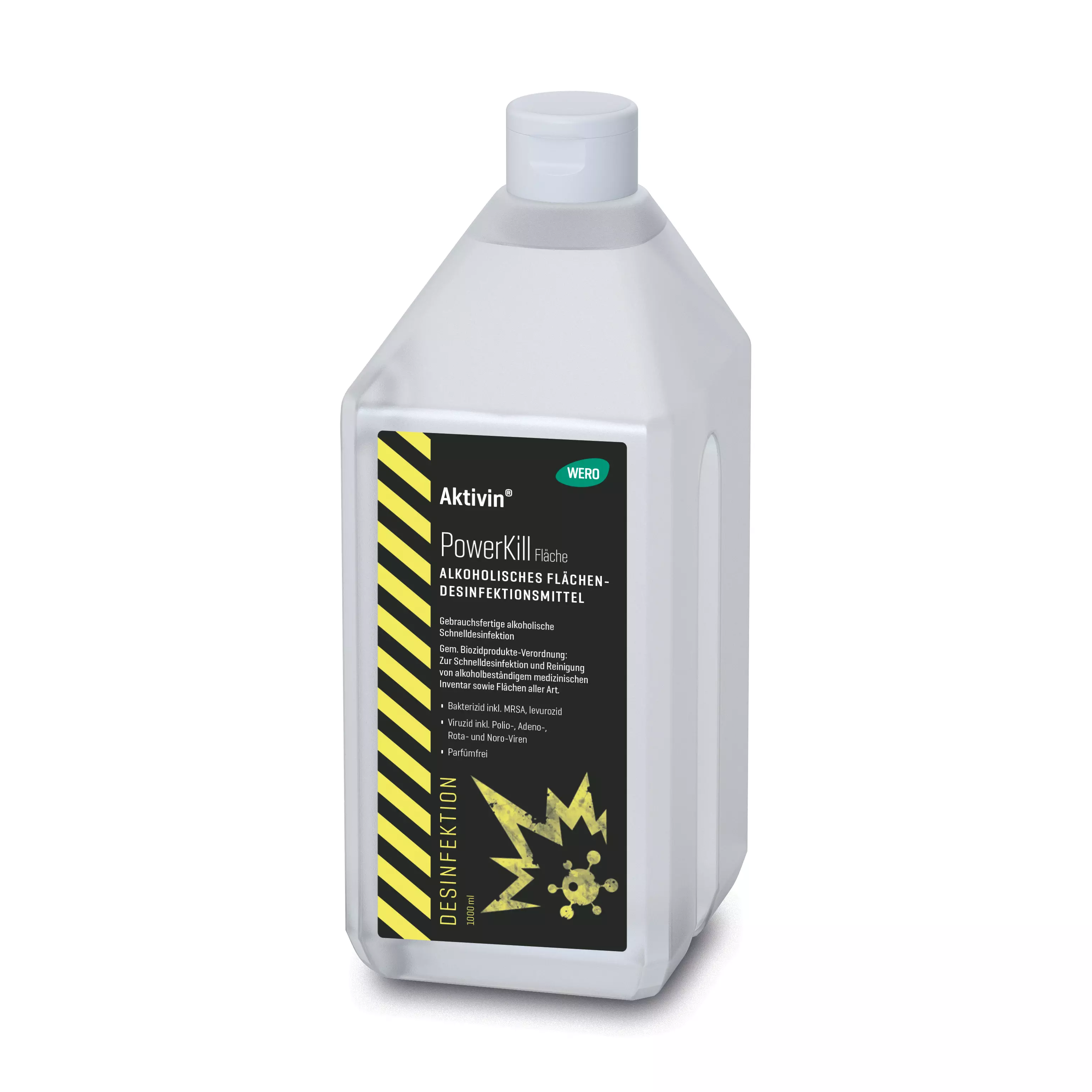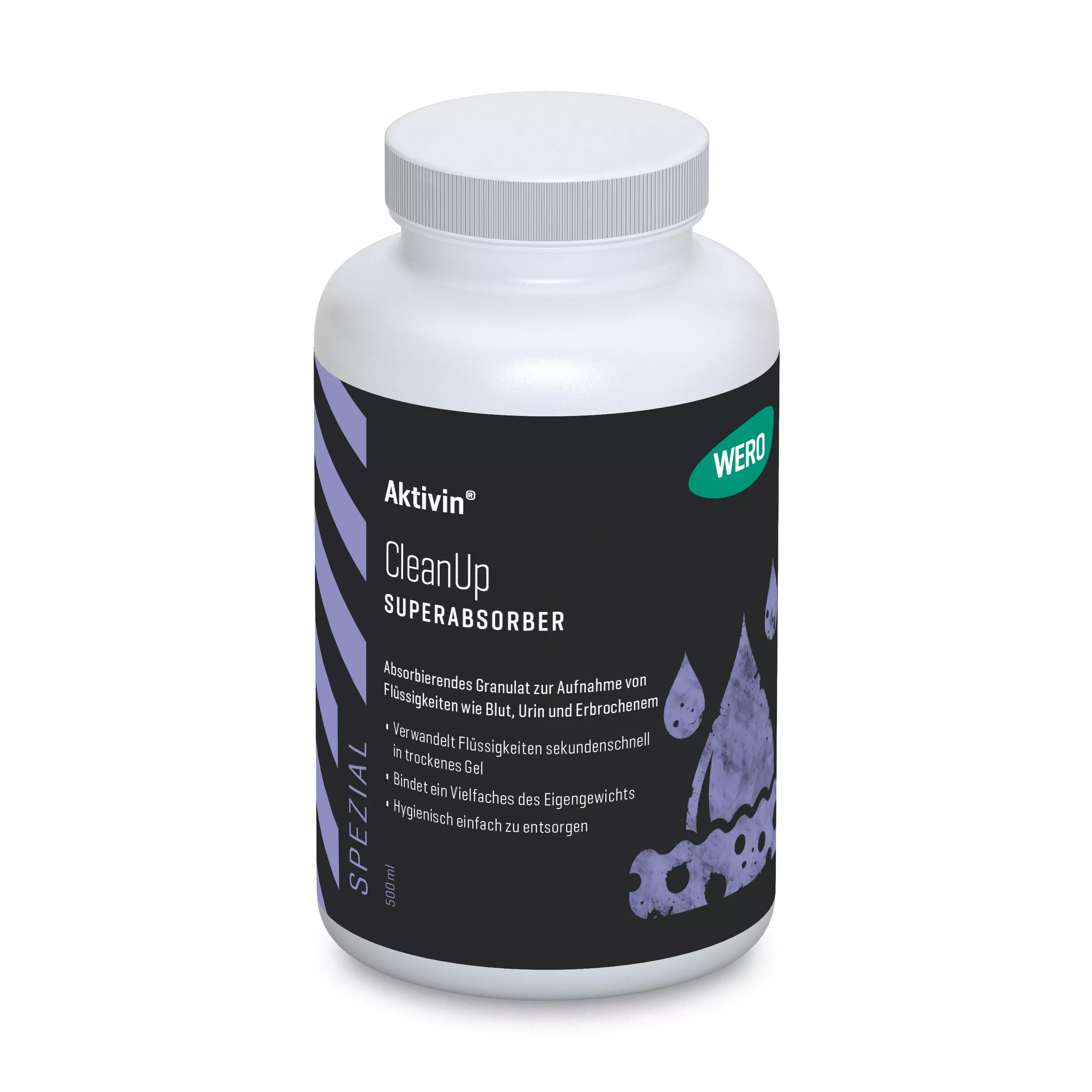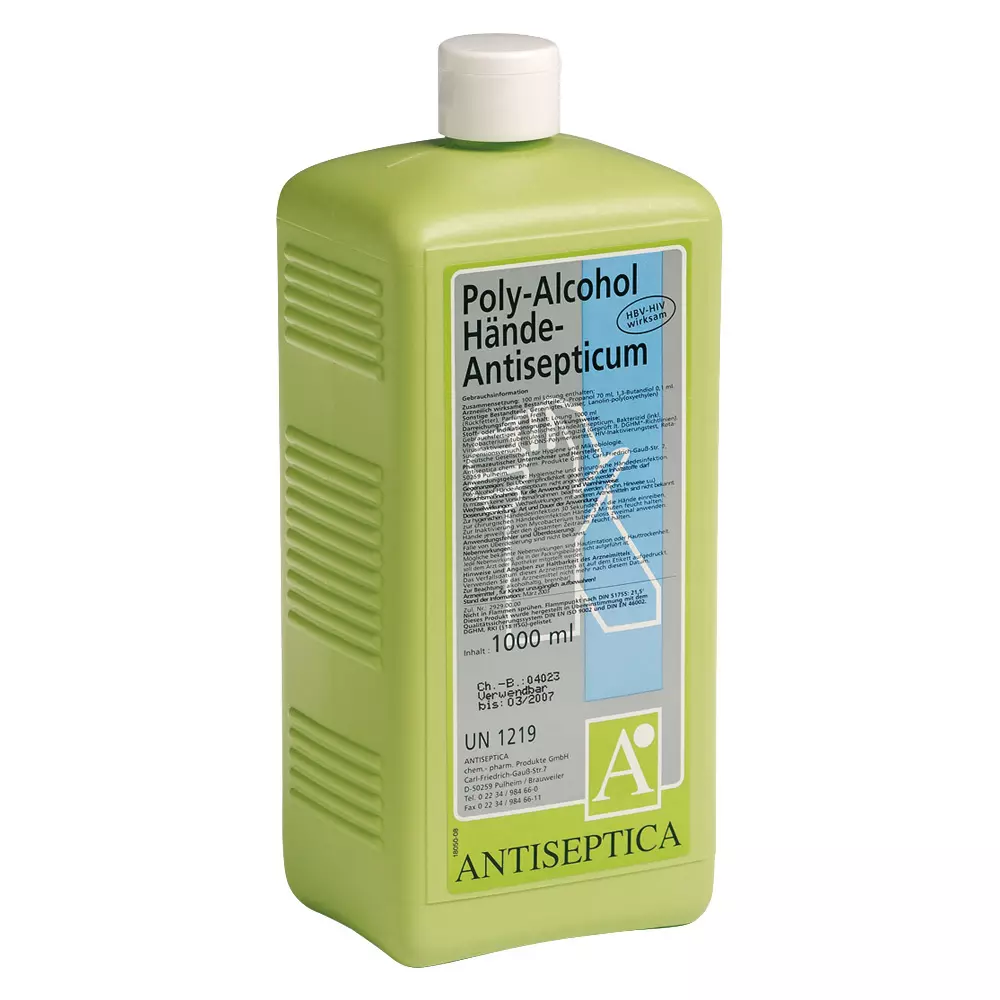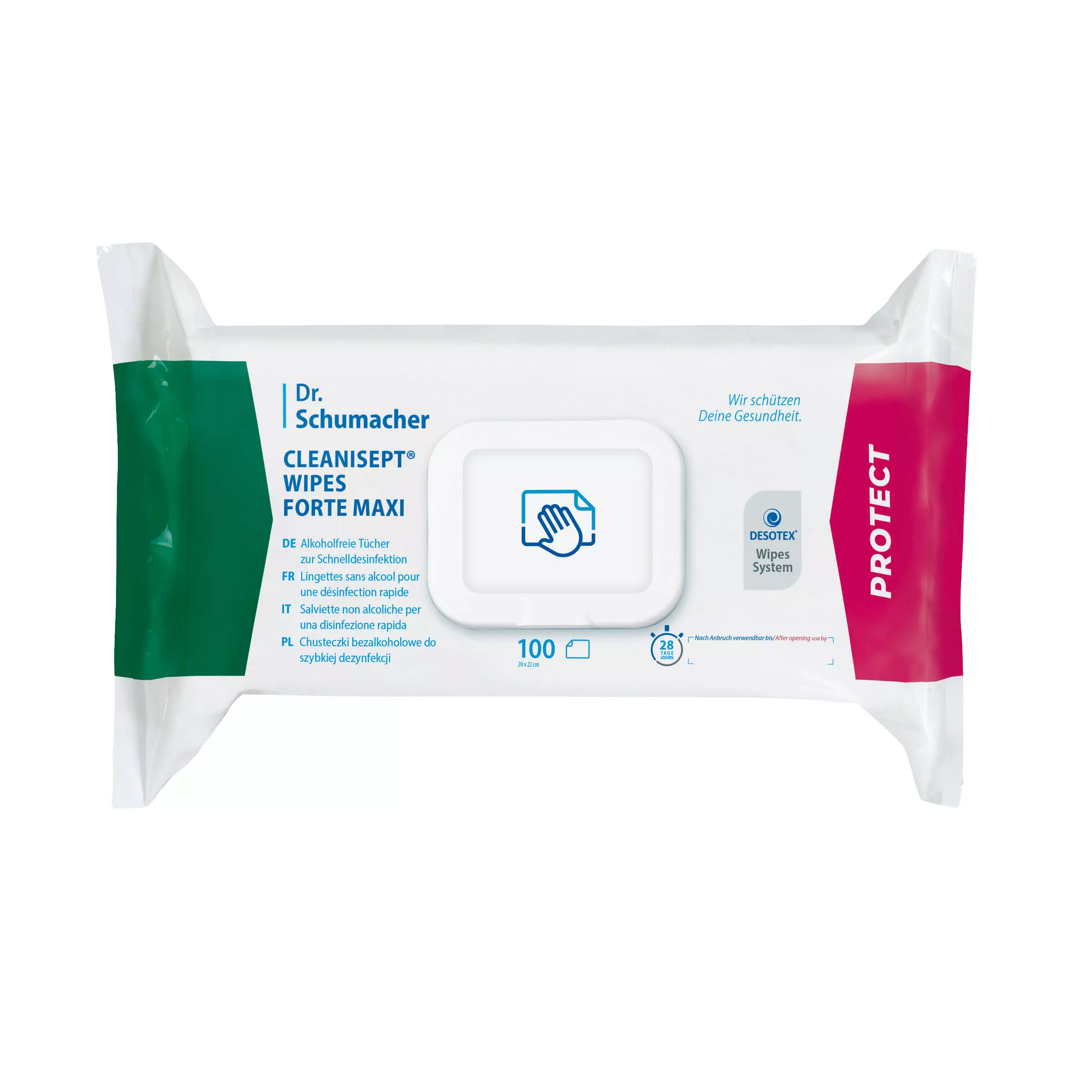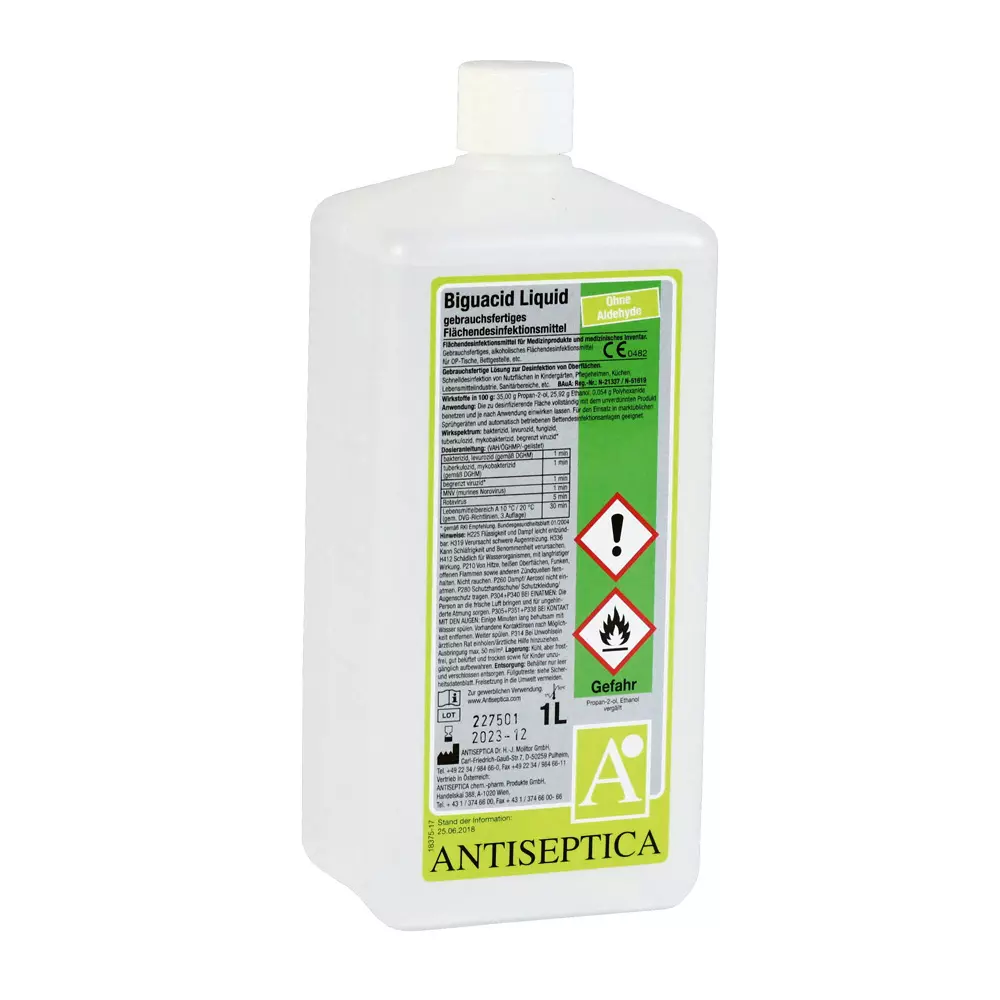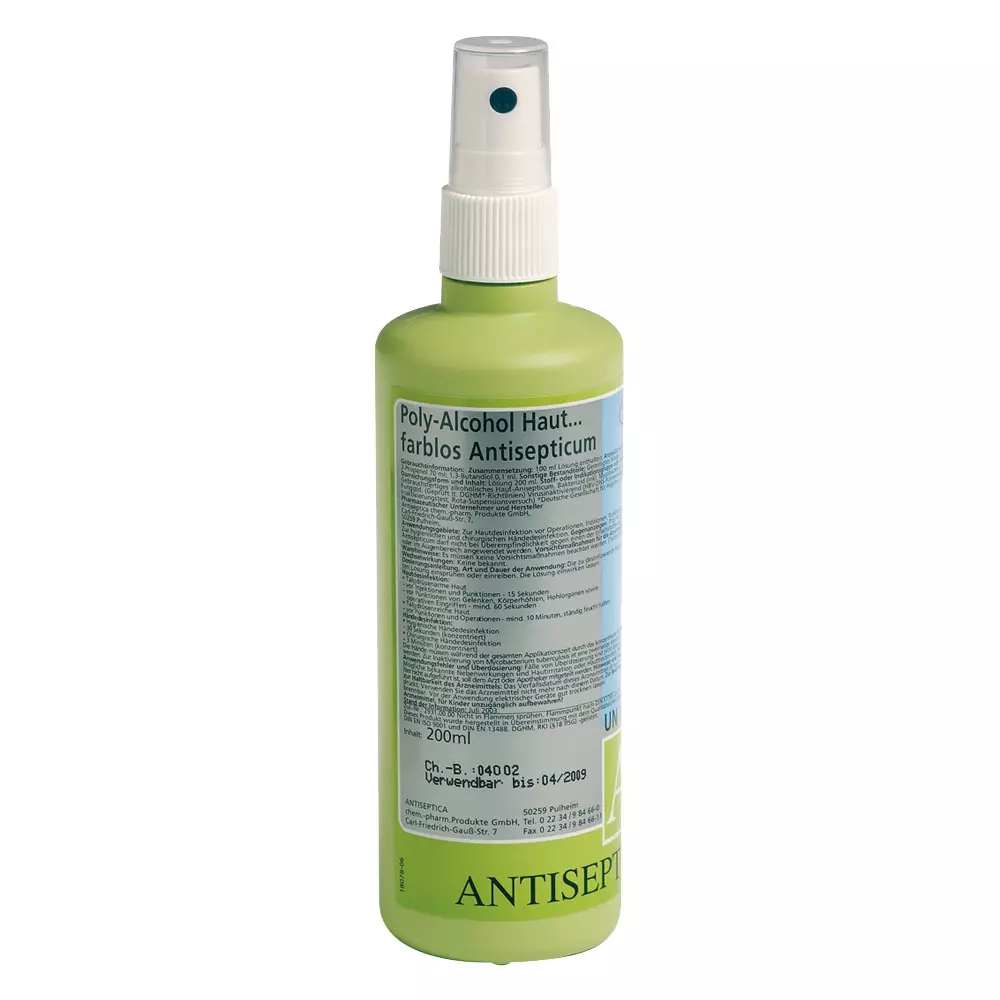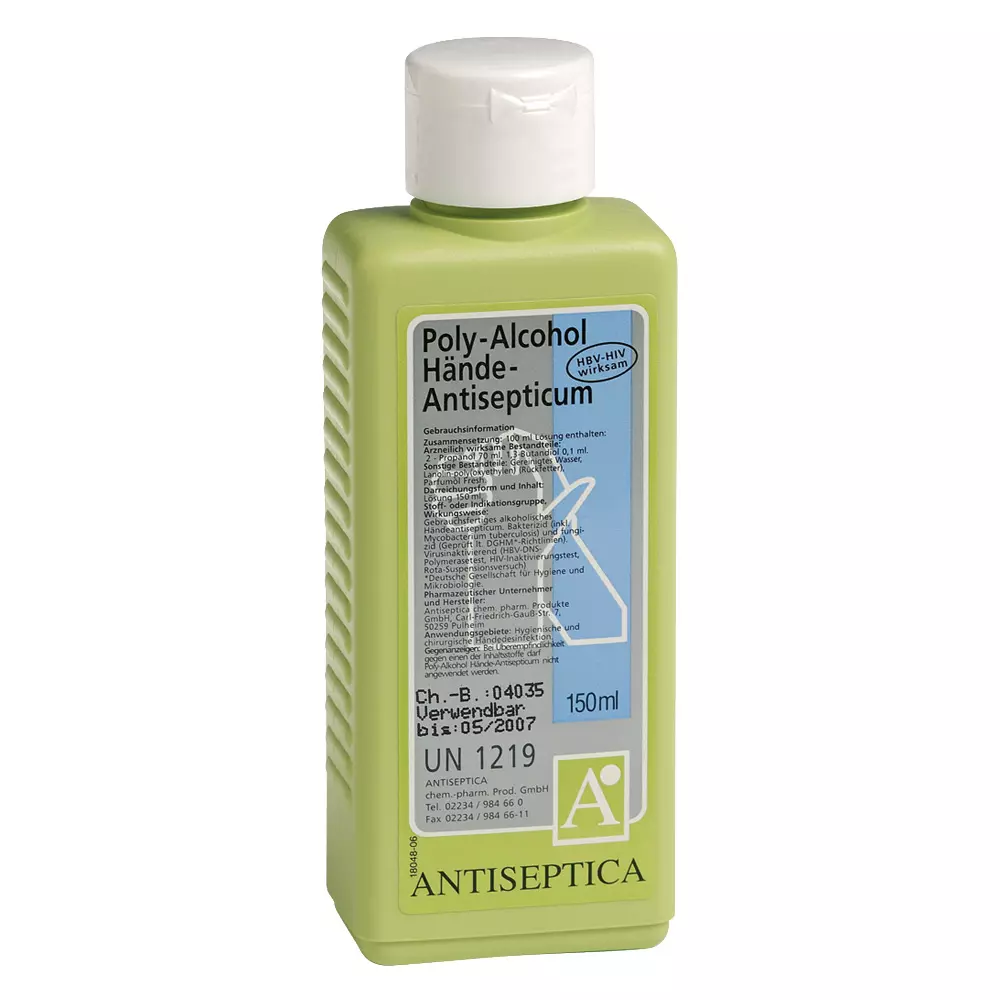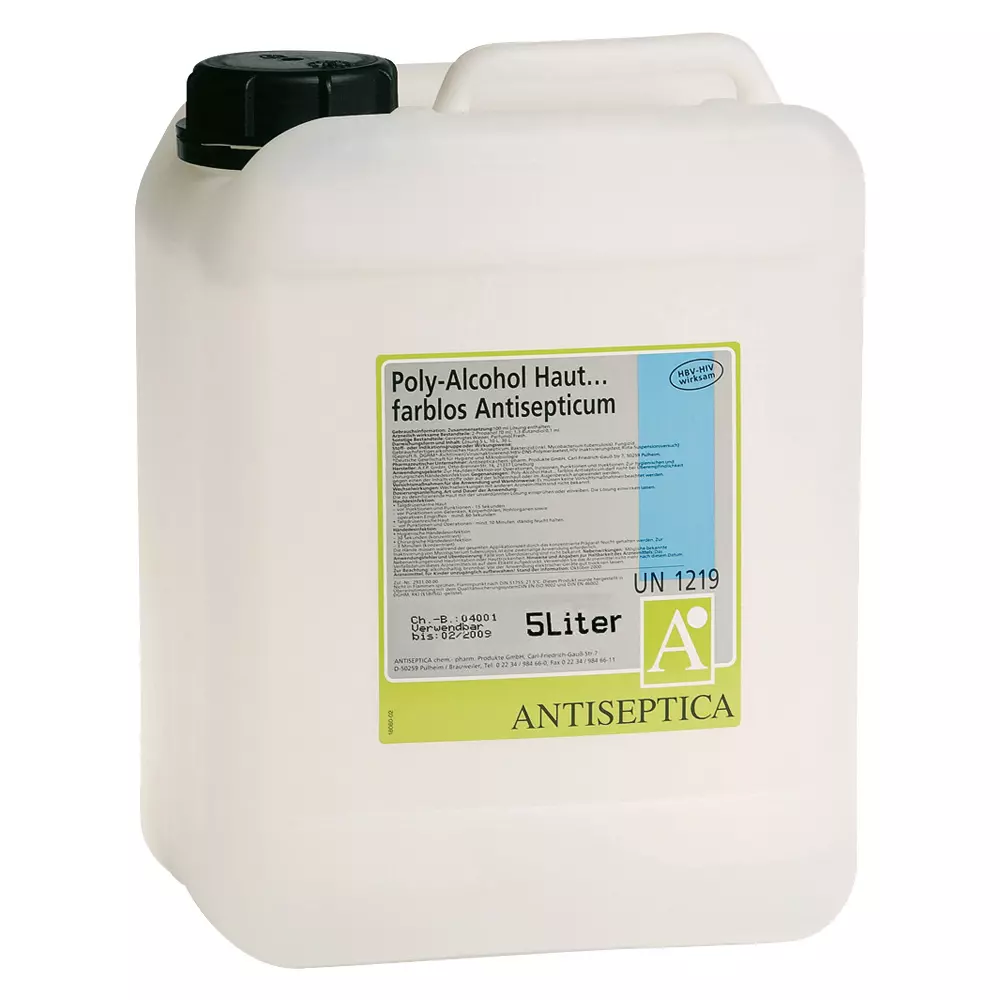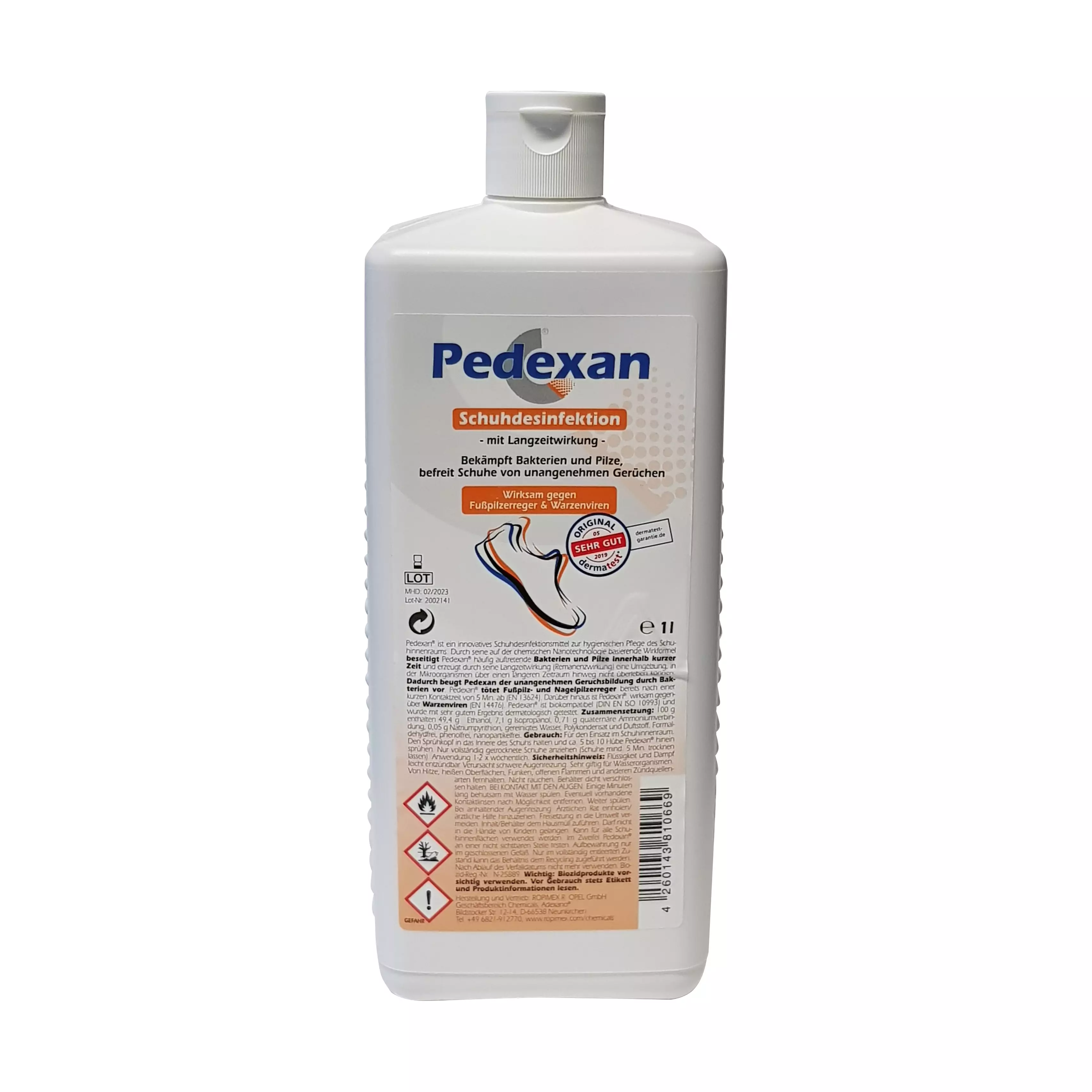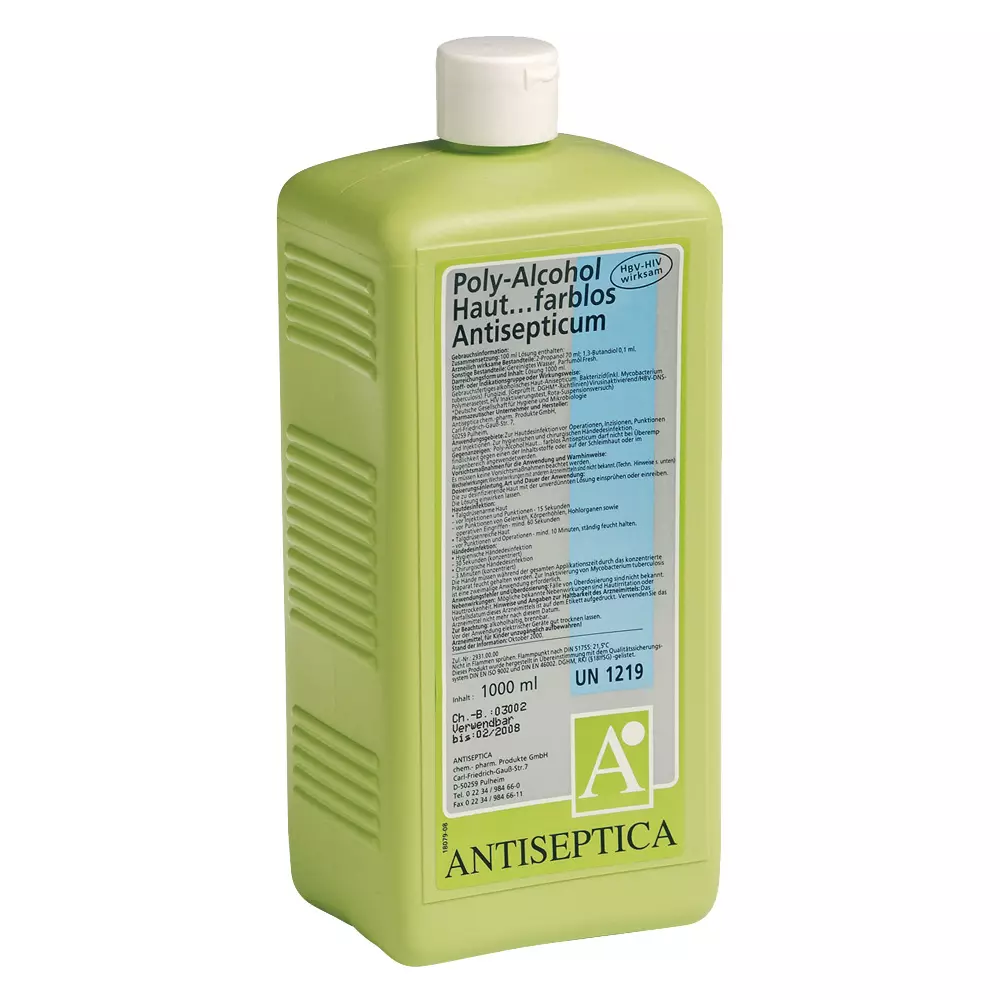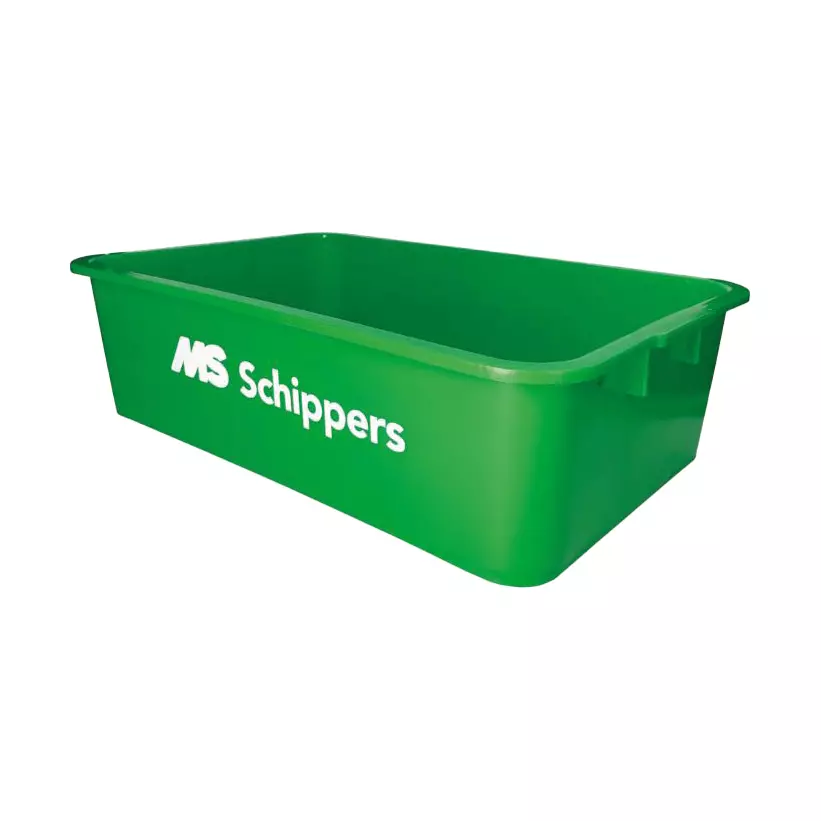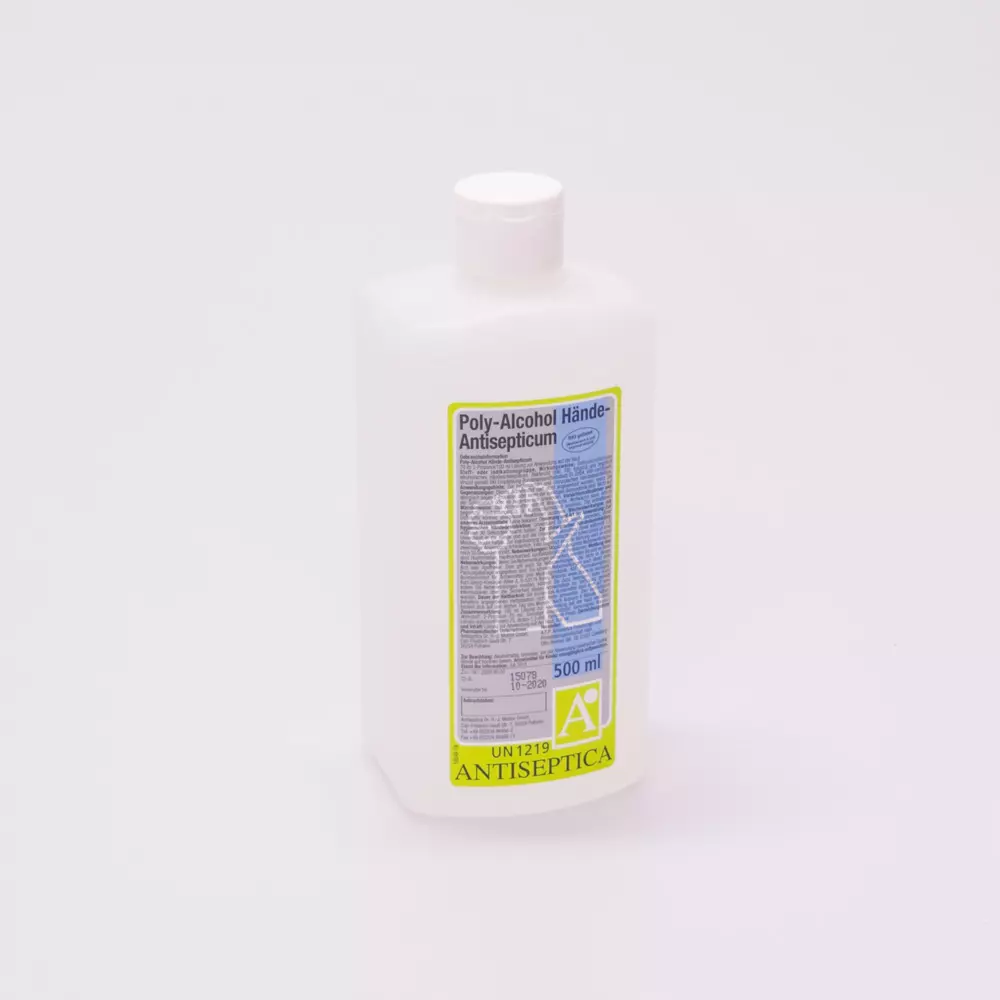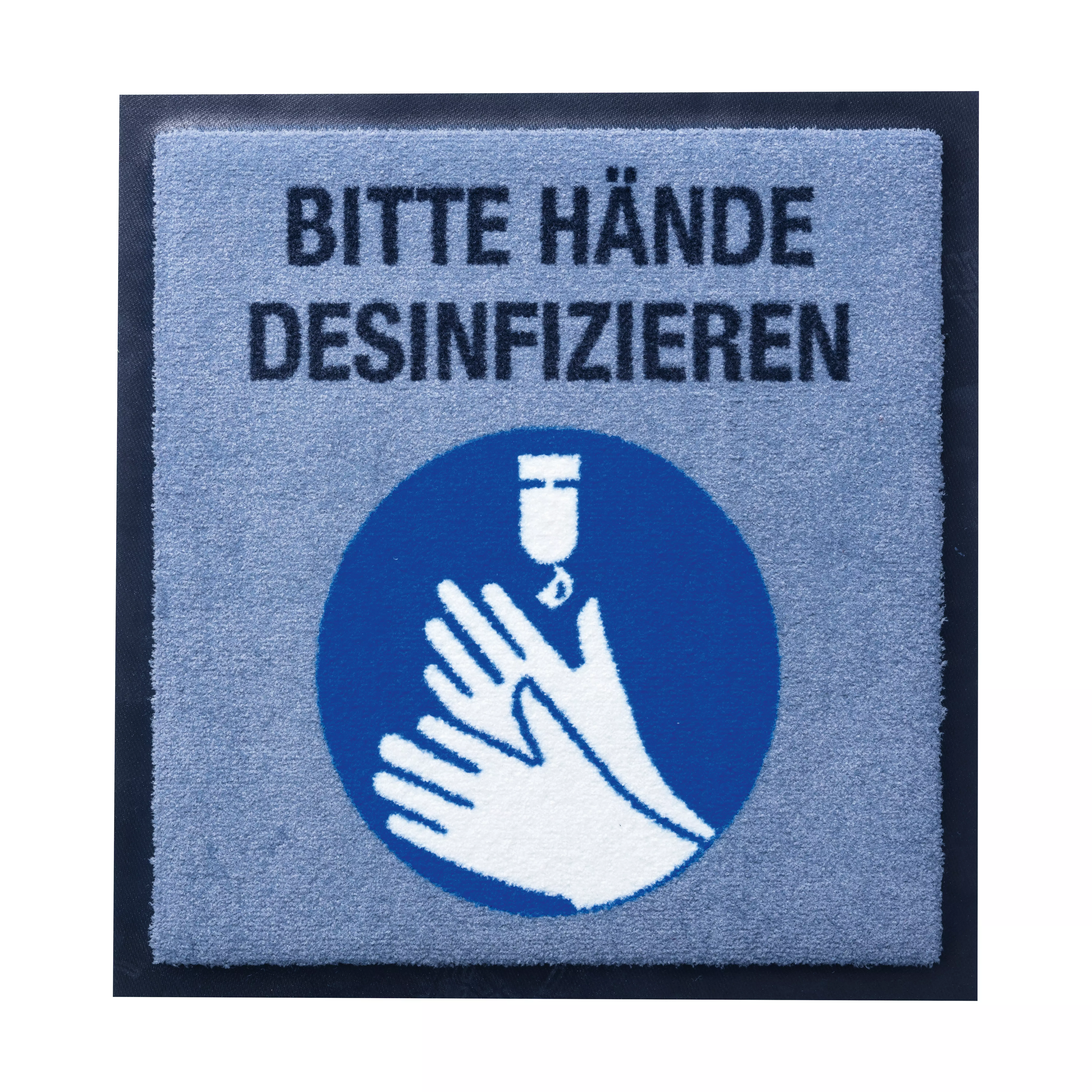Disinfectant
Content: 0.5 l (€25.98* / 1 l)
Available, delivery time: 1-3 days
Content: 0.5 l (€28.10* / 1 l)
Available, delivery time: 1-3 days
Content: 120 piece (€0.11* / 1 piece)
Available, delivery time: 1-3 days
Content: 0.15 l (€51.47* / 1 l)
Available, delivery time: 1-3 days
Content: 0.25 l (€48.76* / 1 l)
Available, delivery time: 1-3 days
Available, delivery time: 1-3 days
Available, delivery time: 1-3 days
Available, delivery time: 1-3 days
Content: 0.5 l (€22.78* / 1 l)
Available in 4 days, delivery time 1-3 days
Content: 0.15 l (€112.80* / 1 l)
Available, delivery time: 1-3 days
Content: 100 piece (€0.14* / 1 piece)
Available, delivery time: 1-3 days
Available, delivery time: 1-3 days
Content: 0.2 l (€54.75* / 1 l)
Available, delivery time: 1-3 days
Content: 0.15 l (€48.93* / 1 l)
Available, delivery time: 1-3 days
Content: 5 l (€16.24* / 1 l)
Available, delivery time: 1-3 days
Available, delivery time: 1-3 days
Available, delivery time: 1-3 days
Available in 12 days, delivery time 1-3 days
Content: 0.5 l (€24.02* / 1 l)
Available, delivery time: 1-3 days
Available, delivery time: 1-3 days
Available, delivery time: 1-3 days
The aim of disinfection is to reduce the number of pathogens as much as possible. Therefore, use disinfectants with a suitable spectrum of activity (bacteria, fungi, viruses). The spectrum of activity can be found on the respective product detail page and on each product label.
Strong protection against pathogens and infections offers safety. Bacteria, viruses and fungi are reliably killed with a disinfectant that is customised to your requirements.
We can create a customised disinfection plan on request. Please contact us.
